Beijing, China
Beijing is the capital of China, a spread out city of over 21.5 million people
One of the world’s oldest cities, it is said to have been established in 1045 BC
It has 7 UNESCO World Heritage sites and houses the most Fortune Global 500 Companies in the world
There’s probably no better place that Beijing to see China’s incredible history while getting a glimpse of what the country has coming up next.
I made my second visit to Beijing in 2019, ten years after my first. During that time it was clear just from observing daily life that a lot had changed. Before anything else, here are some points to keep in mind if you’re planning a first visit.
Things to know
The internet that you know and rely on doesn’t exist - get a VPN to access any Google or Facebook related site amongst many others you don’t realize you need. We used Baidu Maps [CN] and Alibaba’s AutoNavi Maps [CN].
There’s basically no English. Most staff can’t communicate in English but some will try with apps if they have time.
Mobile payments via WeChat or Alipay are the norm. Because a Chinese bank account is required, tourists can usually pay with cash or Union Pay credit card, but those transactions are seen as a hassle.
Where we stayed
Looking for a comfortable place with English-speaking staff, we decided to go with an international hotel. We stayed at Hotel Jen, a Millennial-focused chain by Shangri-La, located in Beijing’s Central Business District diagonally across the CCTV building.
Rooms are spacious and with ample outlets (all universal!), and the modern interiors are carefully designed. It sits on top of the China World Trade Center complex which has a shopping mall, and in between two subway stations, so there’s good access to lines 1 and 10. They also have pretty delicious breakfast buffet.
Jen Skyline room at Hotel Jen Beijing
The cheapest and easiest way to the hotel from Beijing International Airport is by taxi.
Right outside the terminal is an area where everyone lines up and gets directed into a taxi. After some hesitation due to fears from our taxi looking different (nicer, black Volkswagen), we got in and gave the hotel info printed in Chinese - important to do. The driver ended up being very nice, unloading our suitcases for us while we waited under a roof as it rained, and charged us a normal $$ yuan.
One thing I realized was that Beijing is huge... like really huge.
It’s spread out layout and large blocks means that there’s a whole lot of walking. We were hitting just under 11 miles (17.5 km) of walking each day, and looking on a map, barely even covered a small little fraction of the city’s area.
Here’s what we did on each day.
Day 1
We visited the Great Wall, SOHO area and the Temple of Heaven.
The Great Wall - Mutianyu
At the top of everyone’s must-do list is the Great Wall. There are a few main entry points, and we chose to go to Mutianyu, where I visited in 2009. In addition to its hilly landscape, Mutianyu is known for its fun toboggan slide down after your trek.
I realized that between my trips here, Mutianyu became quite tourist-centric over the past ten years. There’s now a tourist center, shopping area and shuttles that hadn’t existed before.
Definitely go really early in the morning, we were at the Wall by 8AM, and there were huge crowds going up as we came back down.
This visit provided us quite a unique experience. It was an extremely foggy morning, so much so that visibility was maybe 20 meters. Sure, it was unfortunate to not be able to see the Wall go off into the distance, but being alone on the Wall on an early morning in the fog, overhearing someone playing traditional Chinese music in the distance felt like we were transported back in time rather than just seeing a tourist spot.
SOHO & Dafangjia Hutong
Soho actually covers a fairly large area, and we had visited The Place, a shopping mall, there on the first half day that we were in Beijing. This was where we had some amazing hot pot (see bottom).
On this full day 1, we ventured to a slightly different area of Soho to see Galaxy Soho, a futuristic-looking building designed by Zaha Hadid. While there’s not a whole lot to do there besides admiring the architecture, for someone who likes photography and design, the building alone is entertaining enough.
Contrasting Galaxy Soho’s Futuristic feel is Dafangjia Hutong right next door.
A hutong is an old neighborhood from the late 1200’s to early 1900’s comprised of alleys and courtyard residences. Many have been demolished or blocked off as Beijing makes efforts to modernize, but some remain. Dafangjia is one of them.
To step in this hutong for a moment, watch locals play mahjong under hanging laundry and lanterns as Galaxy Soho’s modern lines paint the background really sums up Beijing - a city of incredible culture and history skipping the present and stepping into the future.
Temple of Heaven
The Temple of Heaven, like many sights in a Beijing, is huge. The temple itself sits in a large park area that can be equally as interesting.
Local residents gather in the park to play Chinese board games, practice tai chi, exercise, sing, and everything in between. Just roam.
After exploring the area, we walked to get some Peking roast duck for dinner at Li Qun (see below). Tip: Try your luck at getting a taxi for this trip.
Day 2
We visited Tianamen Square and the Forbidden City, Wangfujin shopping district, Shichihai and Luogu Lane.
Tiananmen Square & The Forbidden City
Next to the Great Wall, Tiananmen Square and the Forbidden City (known as The Palace Museum) are icons of Beijing. One of the immediately obvious observations is that like a lot of the sights here, they are huge.
The biggest thing that I felt personally here, particularly around the Forbidden City is the architecture built to this impressive scale. It is overwhelming, and while other countries around Asia have monuments but not many, if any at all, can match the scale. Building after building, wall after wall, courtyard after courtyard… and it keeps going.
One of the best things to do is to get a good view of the area. We did this at Jingshan Park.
It’s a bit of a climb up a small mountain, but the view gives you a bird’s eye view of Beijing and looks right over The Forbidden City, letting you really understand its greatness and magnitude.
Wangfujin
After taking a break at Jingshan Park, we walked over to Wangfujin. Like most places, it’s a lot further than it looks but too close for a taxi and a bit of a hassle by train.
Wangfujin is known for its shopping and has stores like Apple, an official NBA store, Victoria’s Secret, newer, modern malls with international brands as well as older, more domestic ones. They’re all along the wide, Wangfujin Pedestrian Street, but most visitors are interested in the alley off to the side.
The Wangfujin Snack Street is an alley with stalls selling, well, interesting foods. More than a photo op than a place to fill your stomach, there’s everything from live scorpions on a stick to centipedes and squirting cow testicles. Interesting to see, but in the two times I’ve come here, I’ve never bought anything.
We then walked up to Dongsi station and caught the subway to Shichihai station.
Shichihai
Shichihai and Houhai Lake are just to the northwest of Tianamen Square and the Forbidden City. The area is full of character as it’s made up of old streets and stone buildings reminiscent of hutongs with a picturesque lake next to it.
Small shops of all kinds are around the town area - from fashion to sweets, tourist-focused souvenirs shops and everything in between. There are some cafes that line the lakeside area making this it a nice destination for dates, or simply hanging out, especially for young people which we saw a lot of.
Luogu Lane
A pleasant surprise of a destination to wrap up our Beijing stay. From Shichihai, we walked to the southeast for a tea break at Chénshēng fúyuán chāng tea house (?) [CN], known for their pua tea. Rested and rejuvenated, the sun had set and we decided to get some dinner nearby.
This is when we stumbled upon Luogu Lane, a lively walking street full of boutique shops, cafes, and takeout ranging from Peking duck burritos to boba milk tea to colorful, social media ready sweets shops.
Not touristy at all, this was a fun place to explore and I’d really recommend trying to visit, especially younger people.
Overall, Beijing was a great trip and amazing to witness this great city in its transition into the world’s spotlight. So much to see, people that likely beat your expectations, and delicious foods galore.
Would I visit there gain? Definitely, I’d love to.
CLICK for more street shots around Beijing
LIQUN Roast Duck
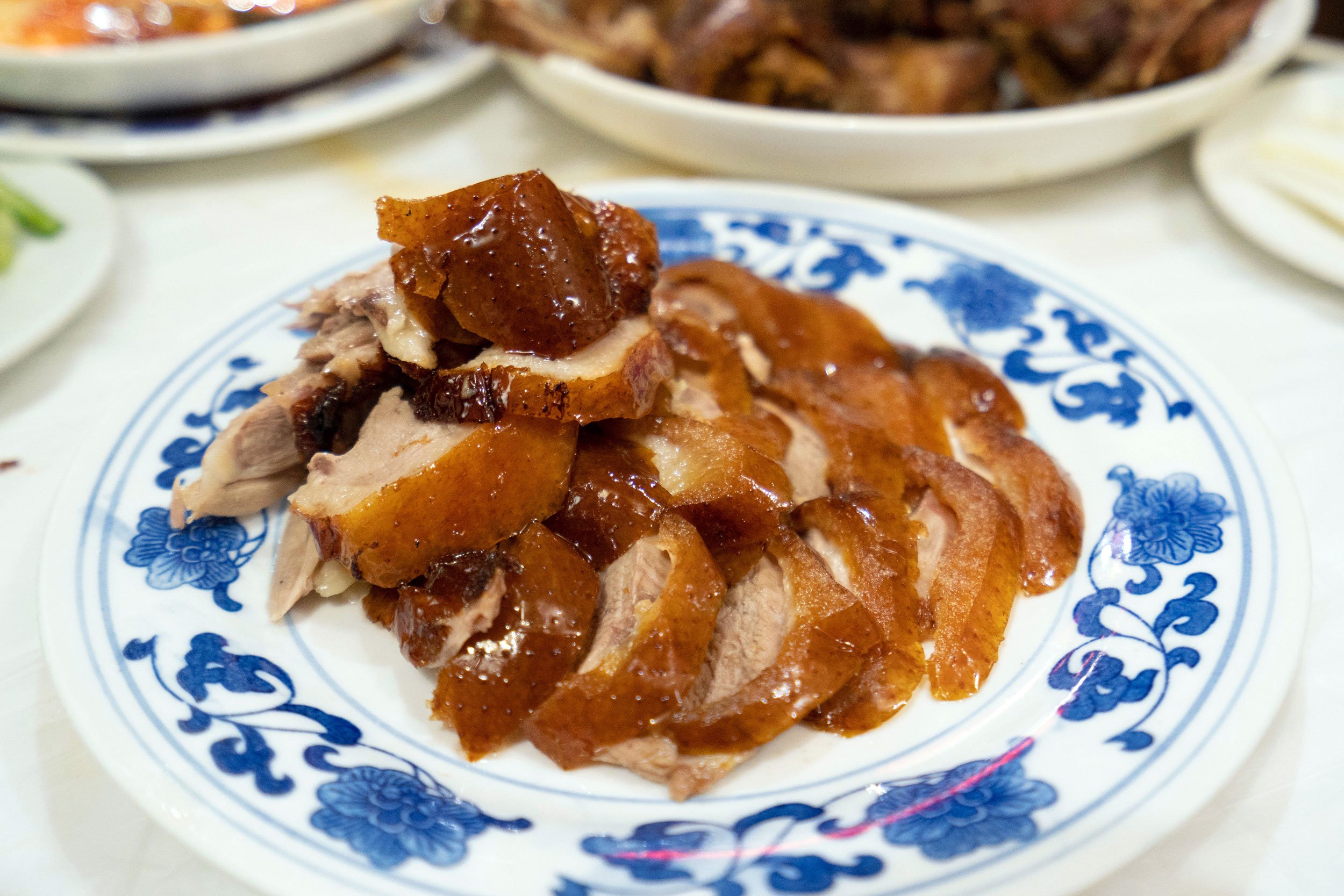
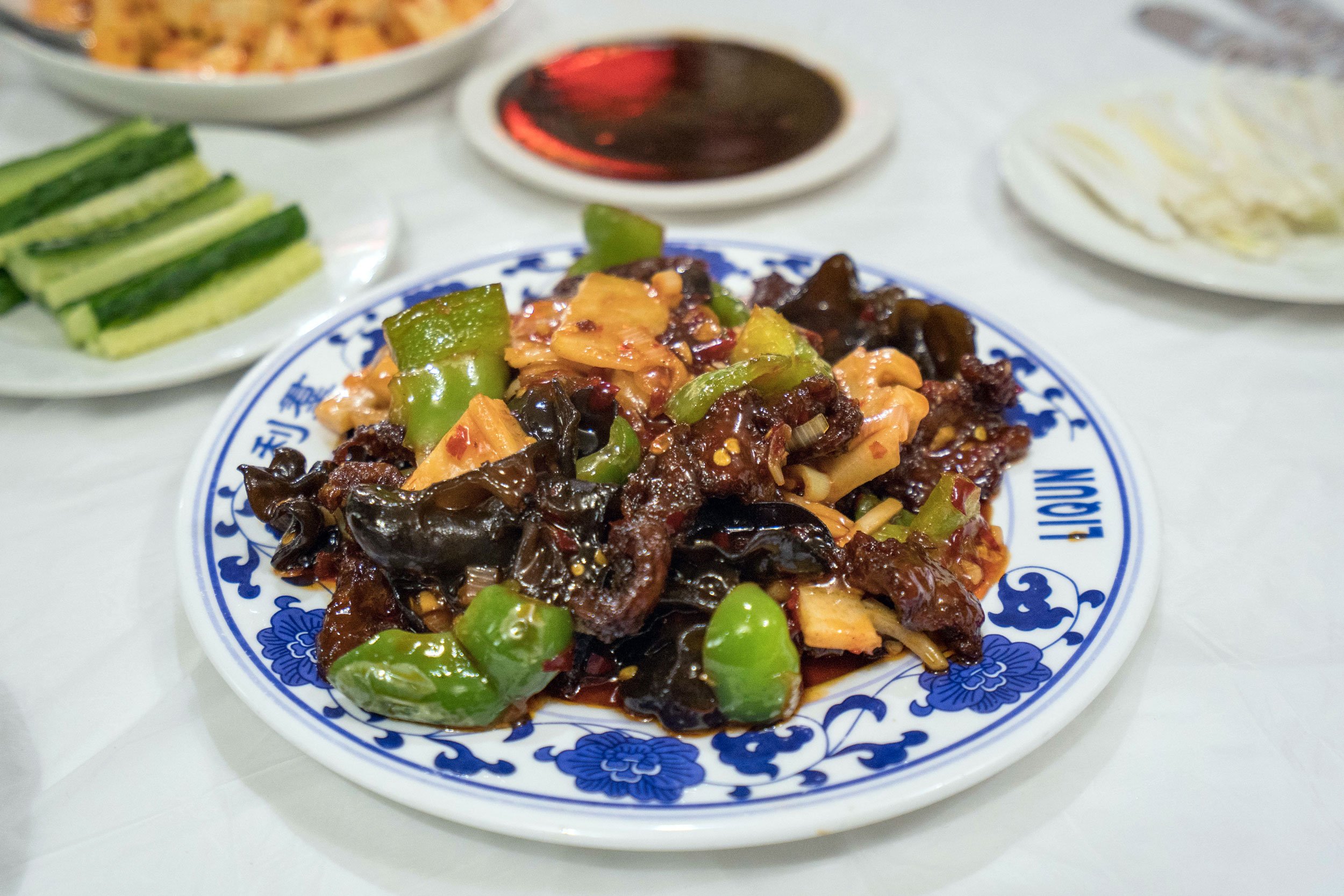
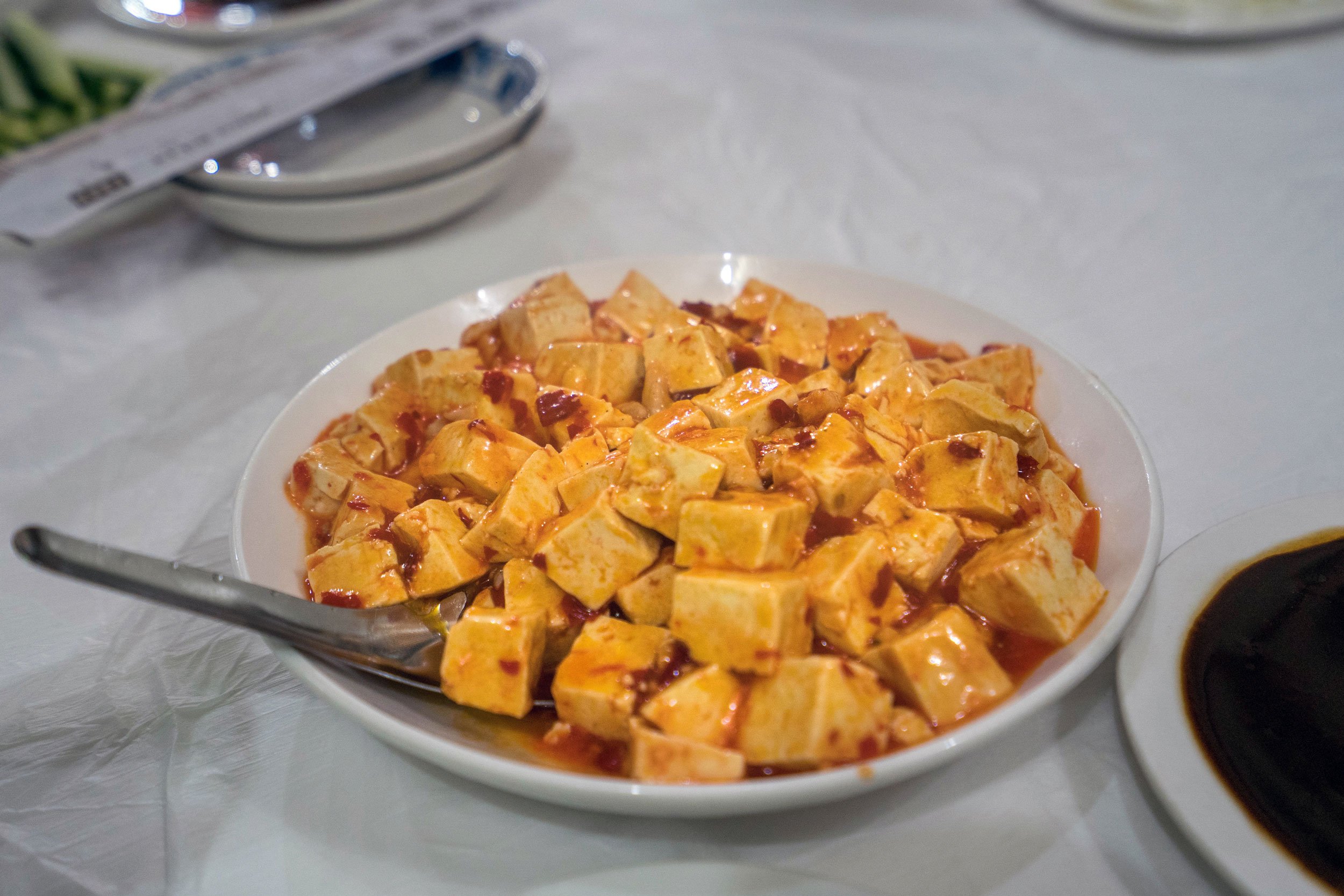
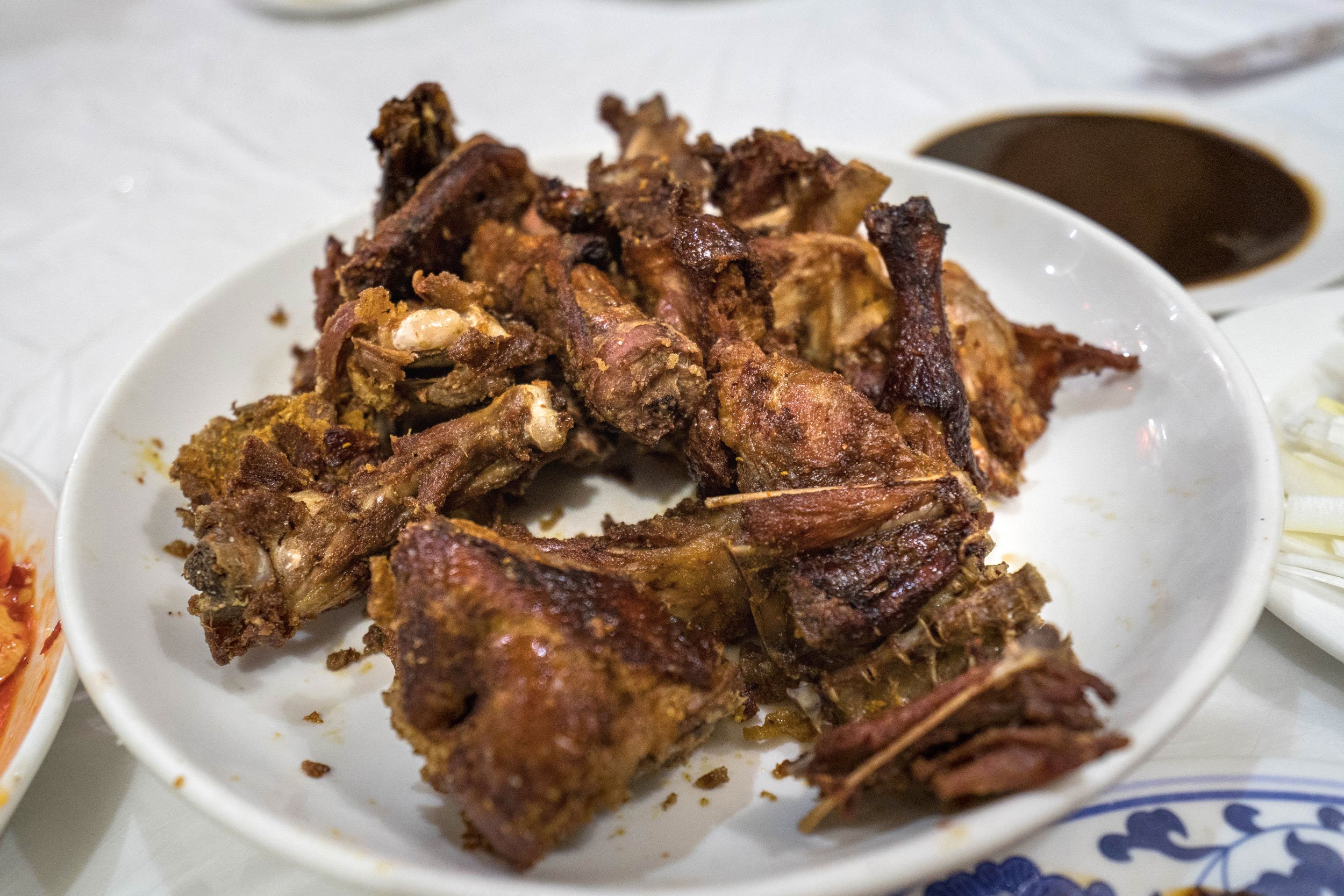
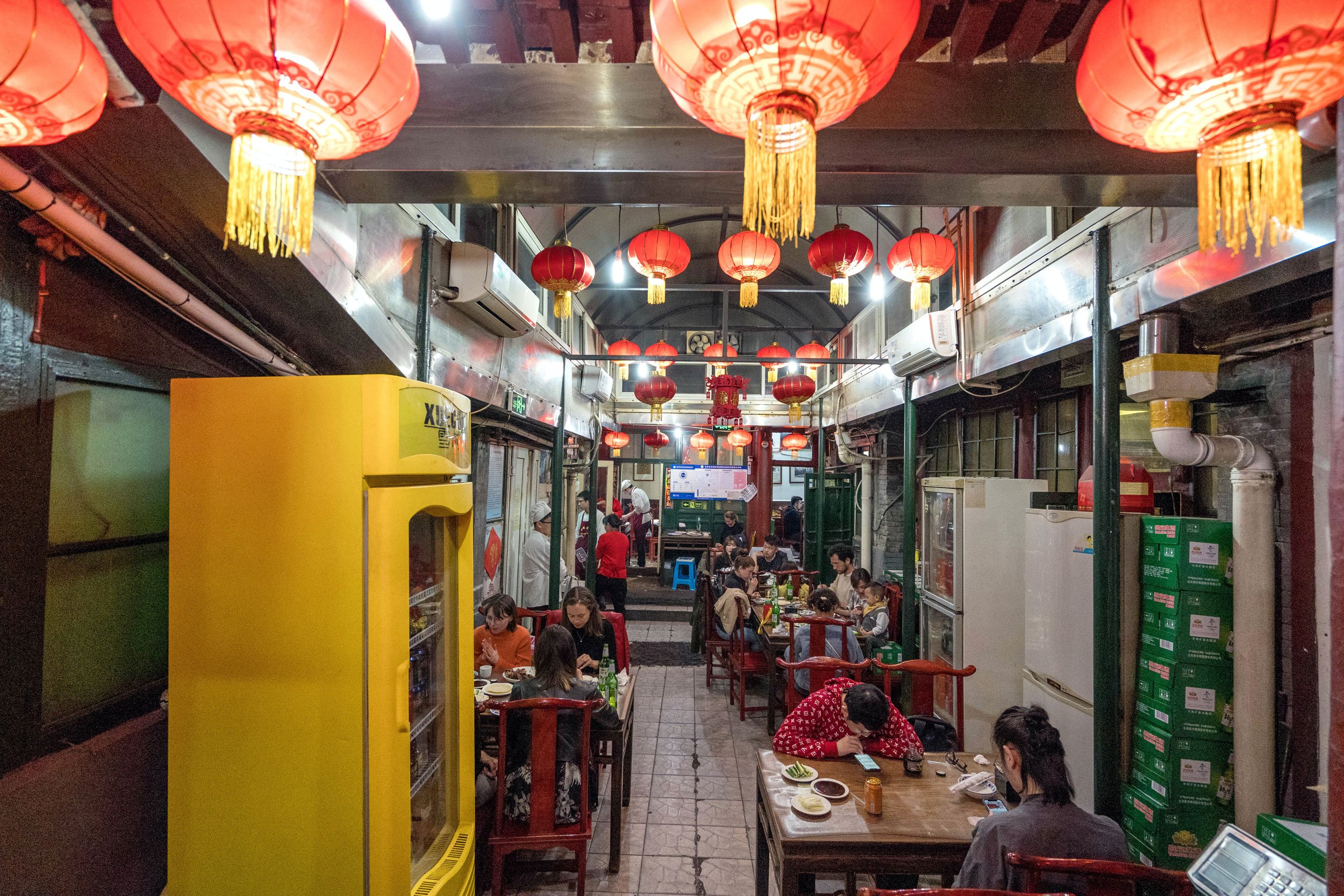

I got hooked on my first trip to Beijing and had to come back again. Liqun is a top 10 Peking Duck restaurant in Beijing according to various Chinese websites, and rightfully so. Founded in 1864 and located in a residential area, it gives a local, authentic type of experience.
In the hall to the dining area, you pass a the chef who is roasting all of the ducks in a brick oven. The smell is amazing.
The duck is flavorful, rich and oily. They have 3 different sets to choose from, we got the one that included fried duck as well. The set is less than USD $50 and feeds 2 very well. We ordered a couple more dishes and overate. Stick with the duck, you can’t go wrong.
Zhong Guo Lan Zhou Niu Rou La Mian
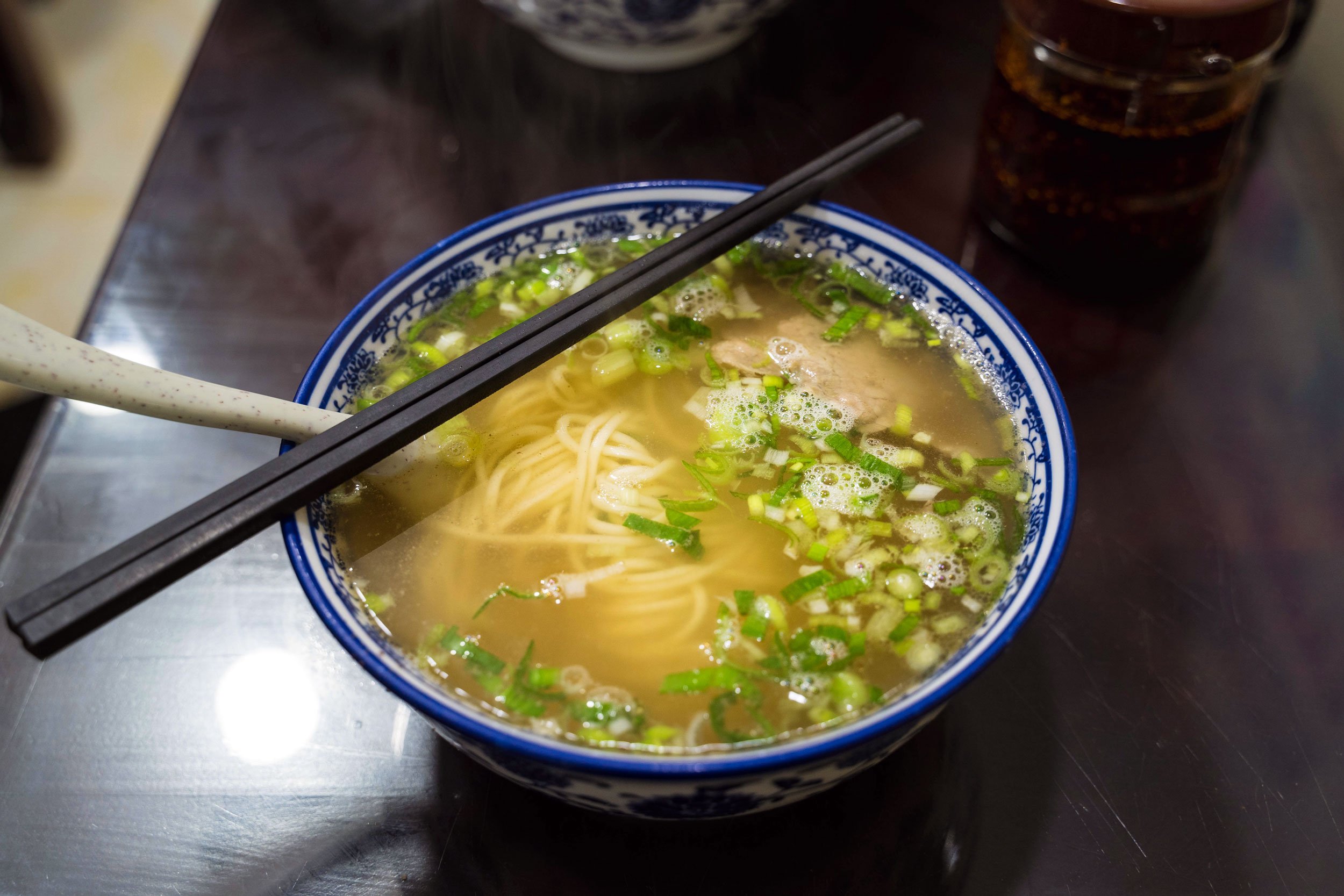
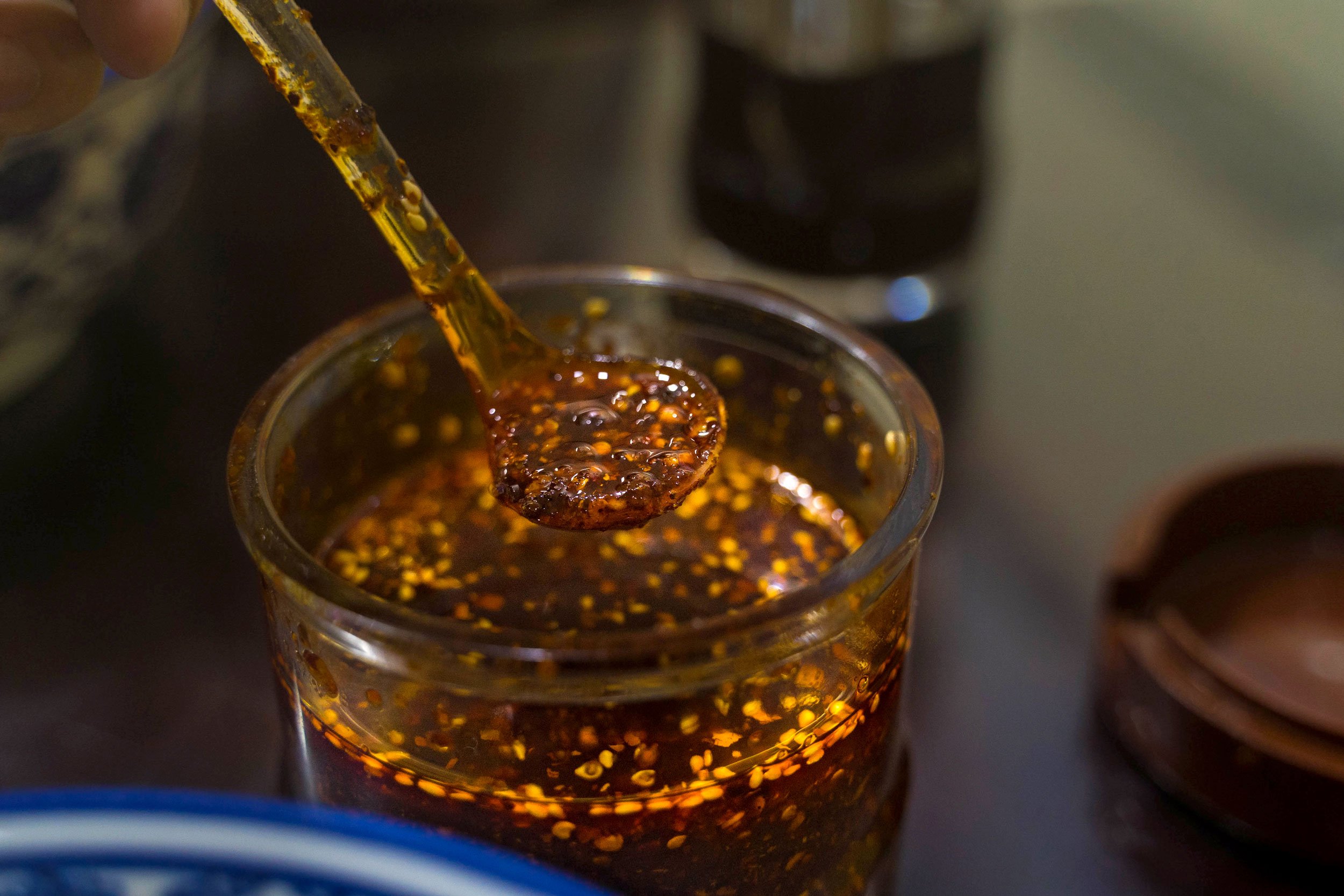

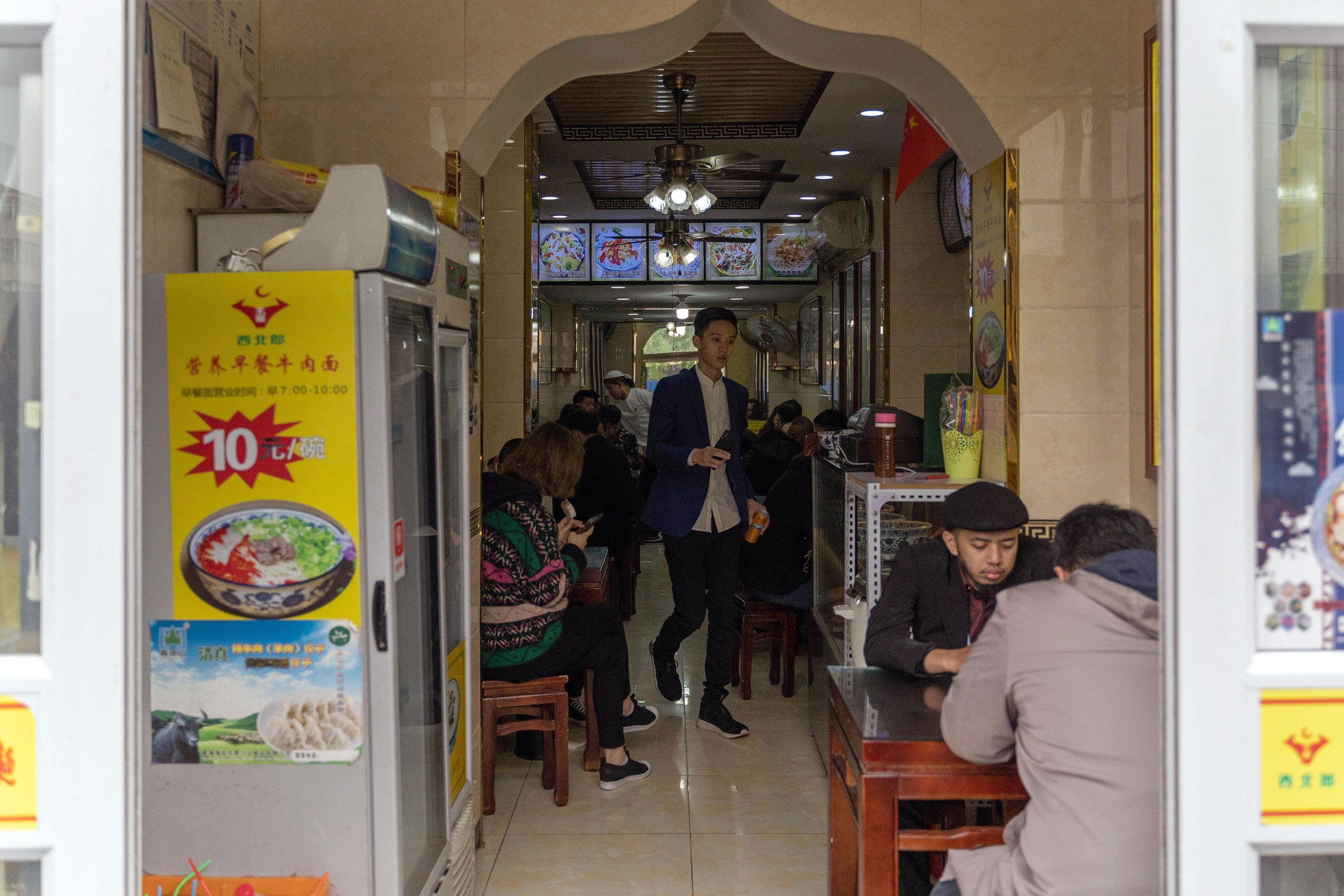

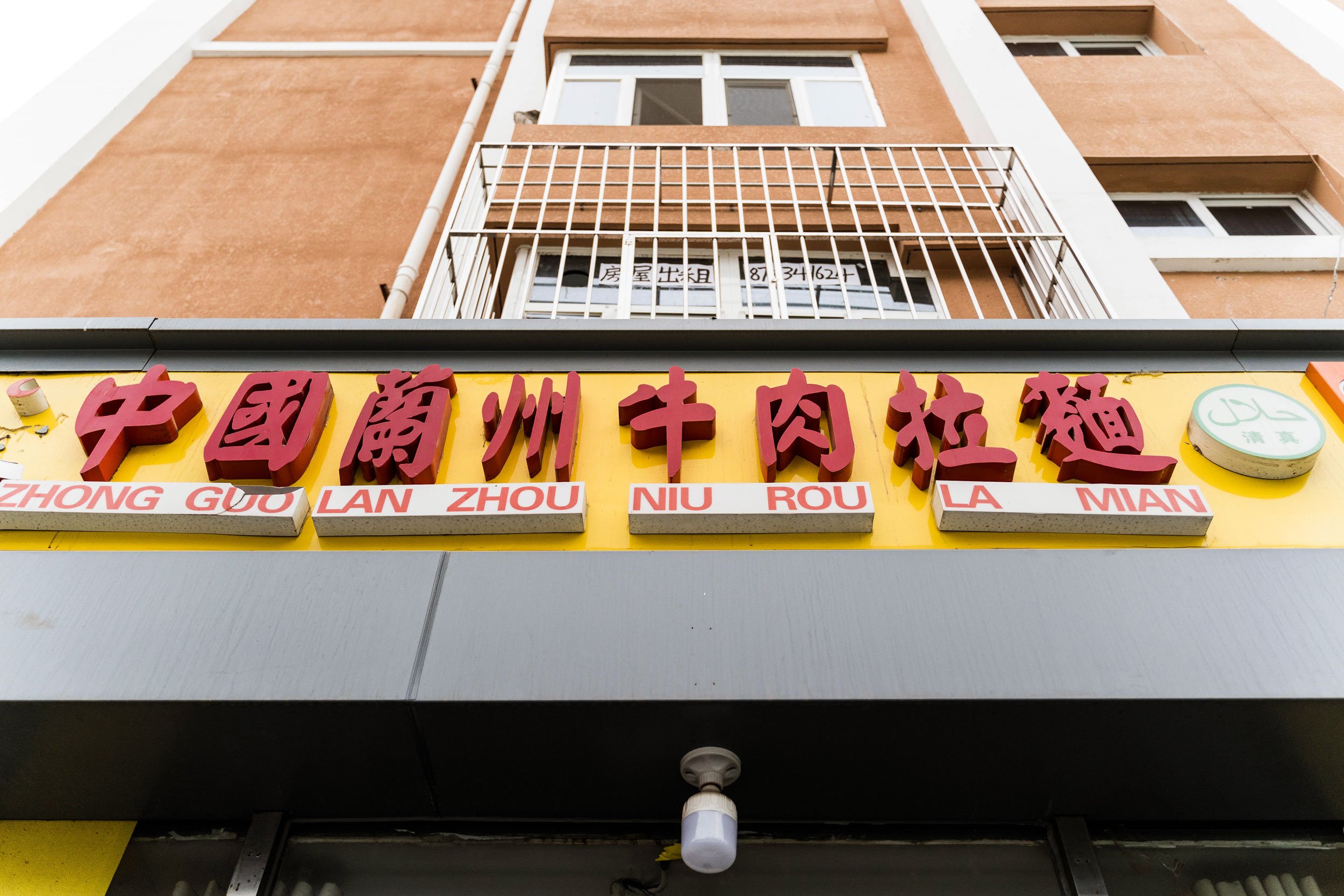

Taste that is several times better than it looks. What was a simple, noodle soup in a simple, average-looking shop, ended up being one my favorite foods in Beijing.
It’s a Halal dish using handmade noodles in a beef broth, topped with beef slices and garnished with scallions and onions. The broth is thin but full of flavor. To add to it, they have a chili oil that is one of the best I’ve ever tasted.
Even better, it’s only a few dollars for a filling bowl.
Du Niang Hotpot
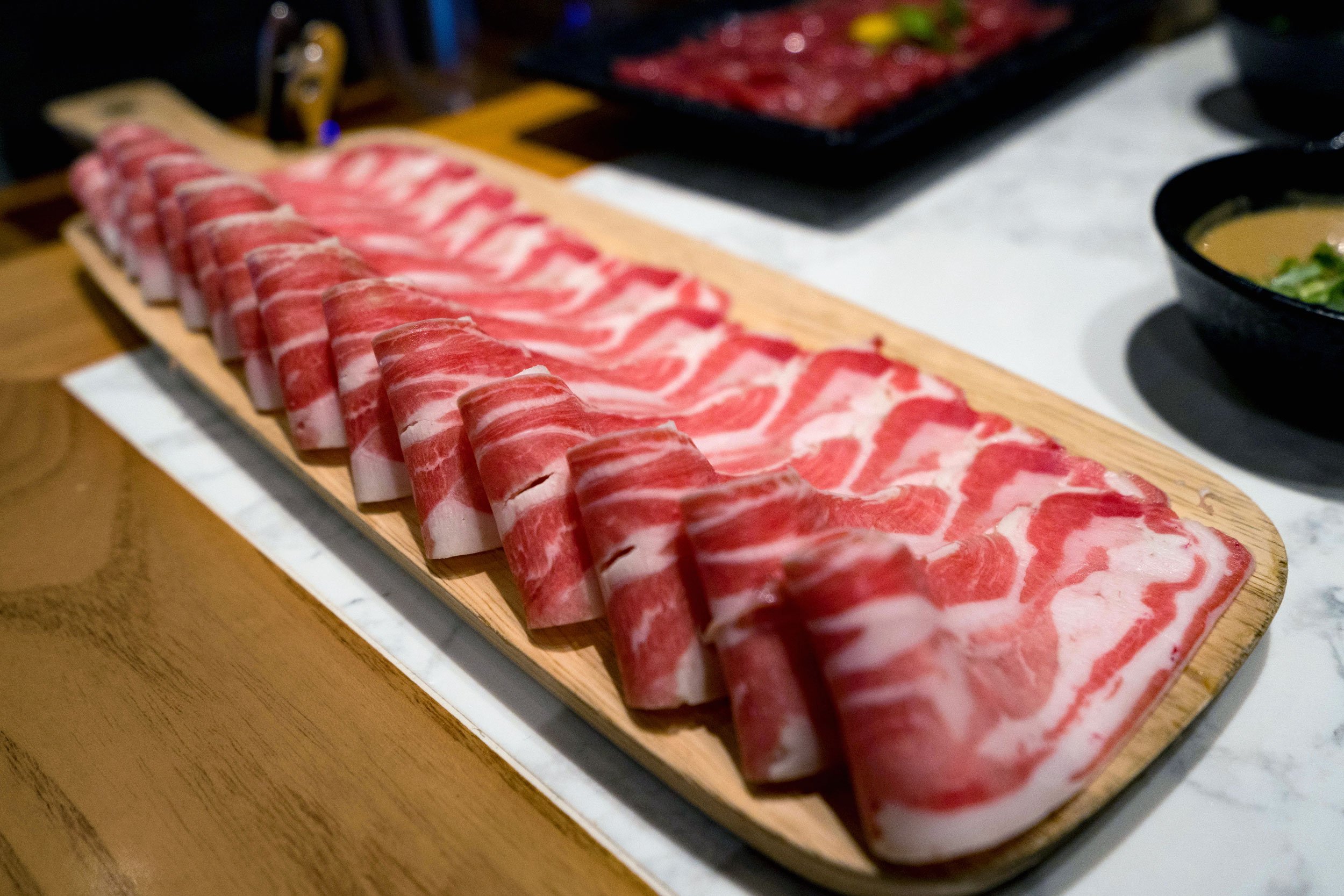
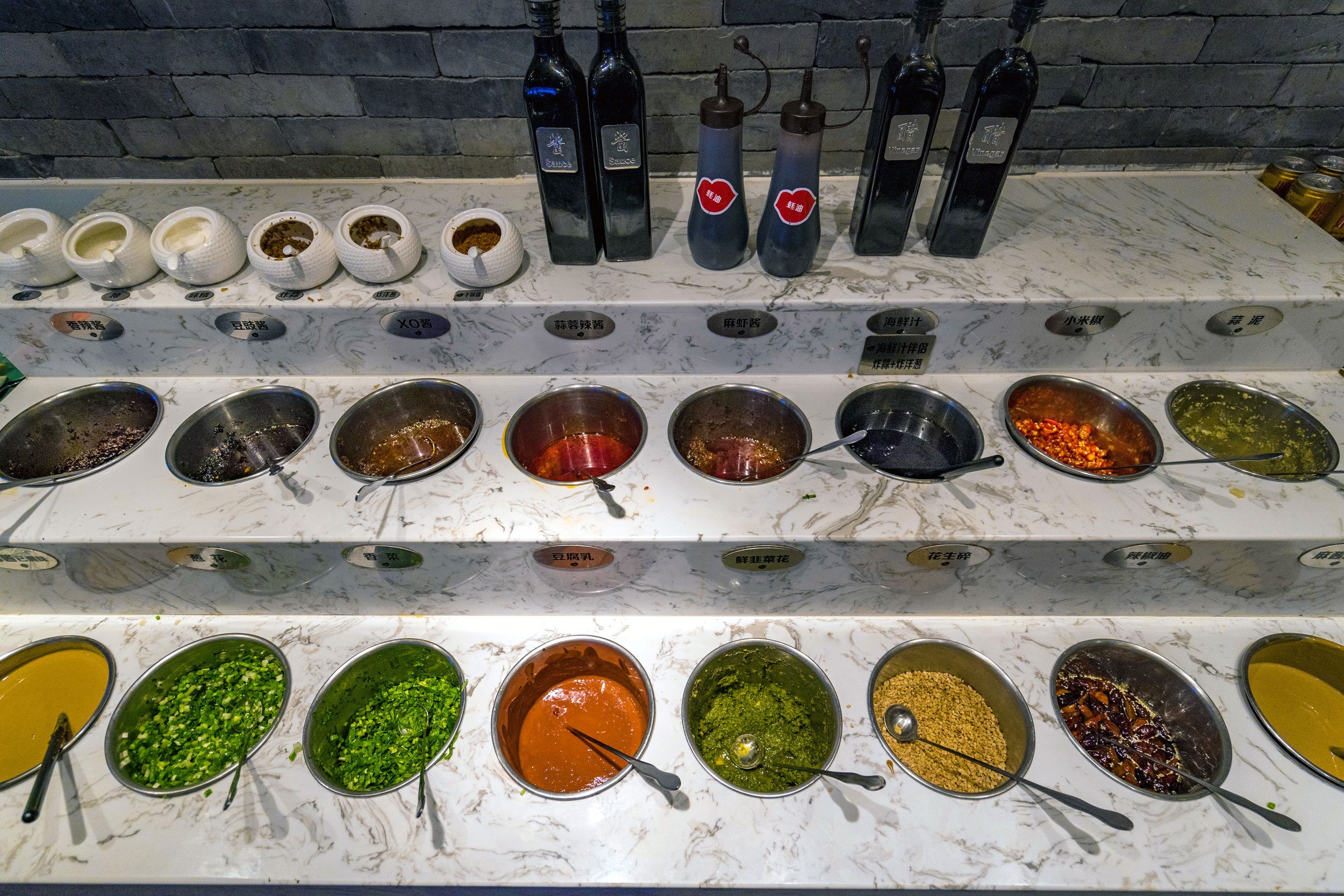
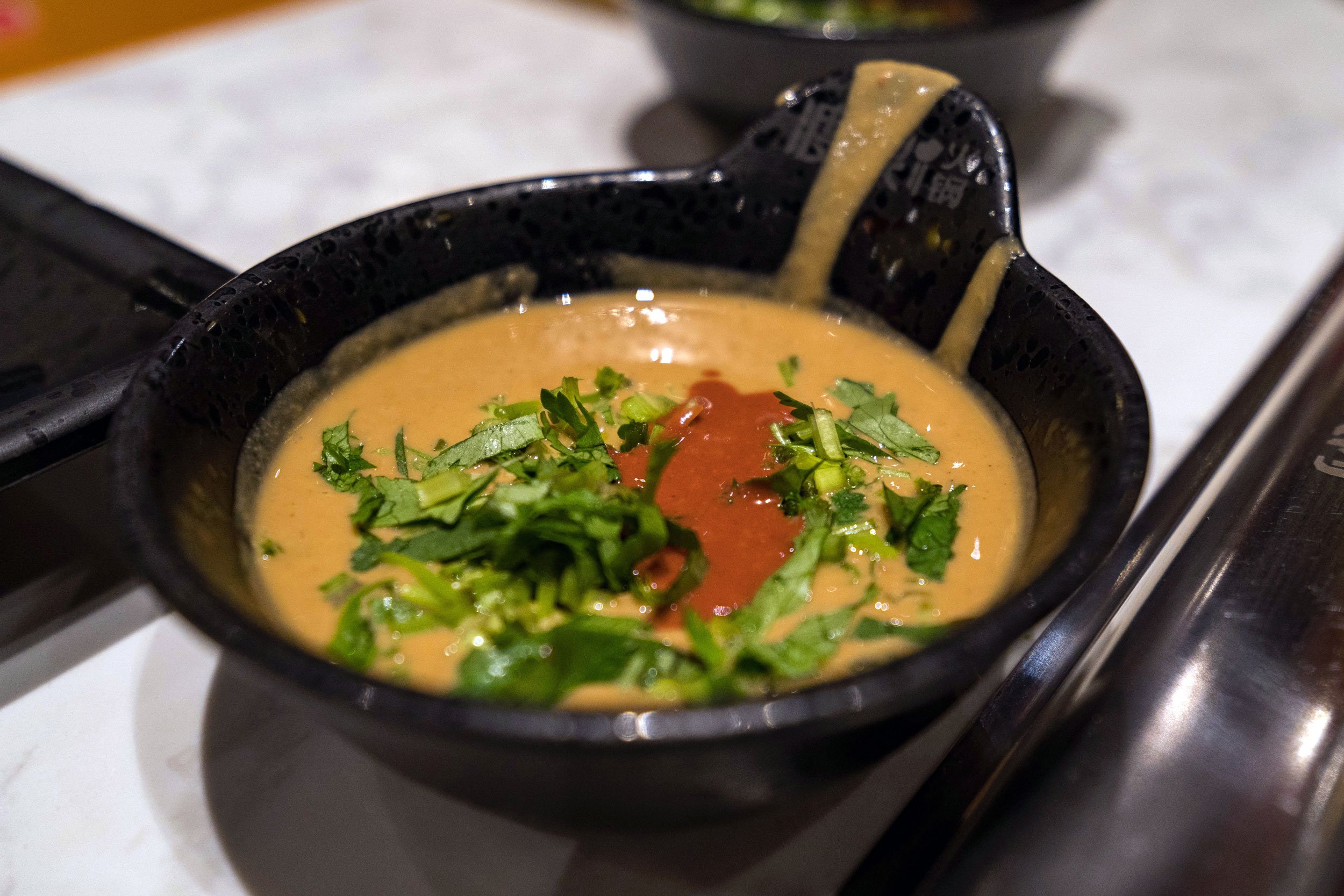
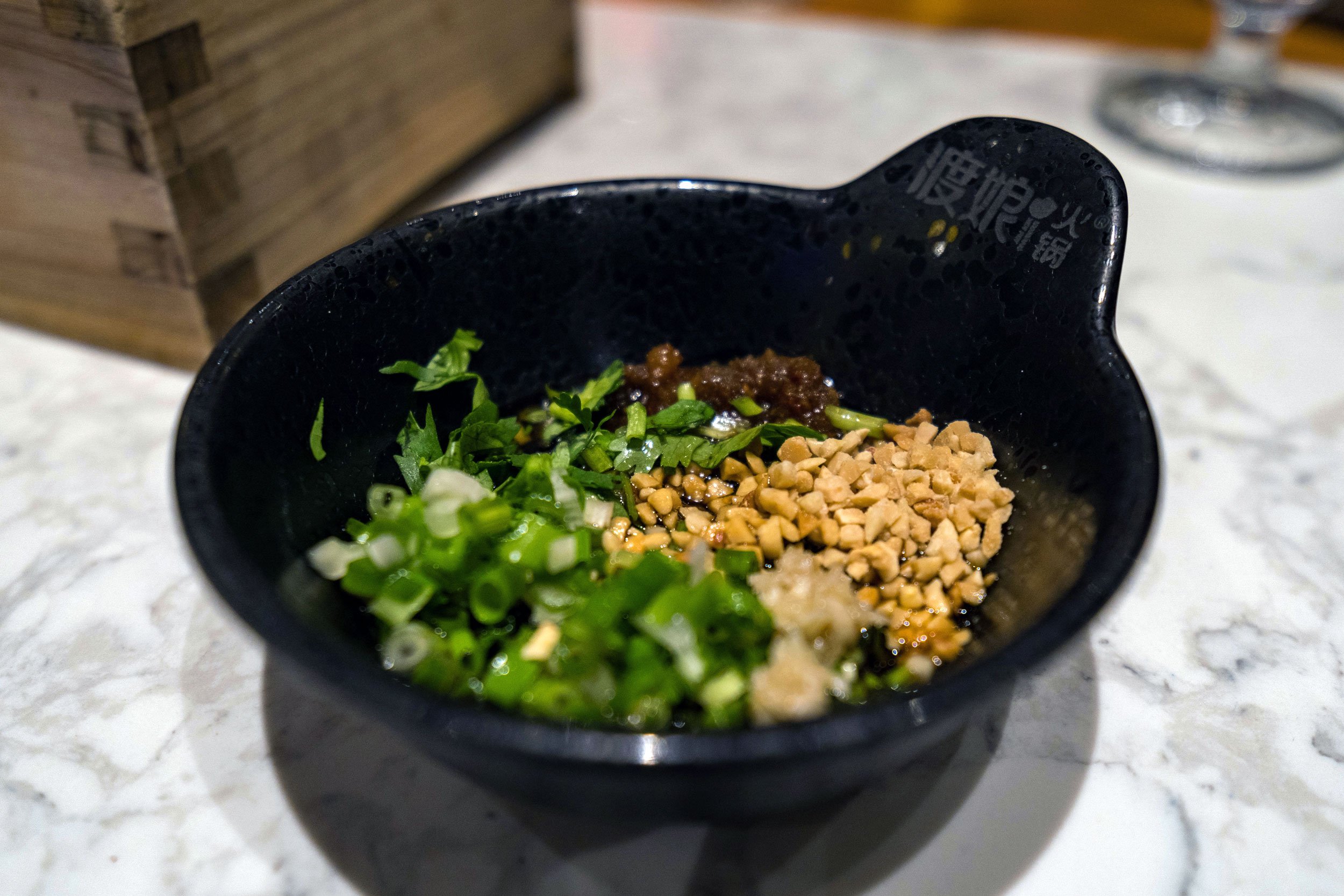

Anyone who likes spicy hot pot will love this place. You can choose two broths to eat from, and we had to get the hot one like all the locals around it. It is, well, extremely spicy.
Du Niang is located at The Place mall in SoHo. Getting seated is a little hard as after you put your name down, you get a number and every number is called in Chinese. You have to keep checking.
It’s worth it though. The hot pot is really flavorful and there’s a bar full of an array of sauces for you to mix and match to make your own. Our waiter also was patient and helpful, and tried to speak English. Delicious spot, just know your clothes will smell after!











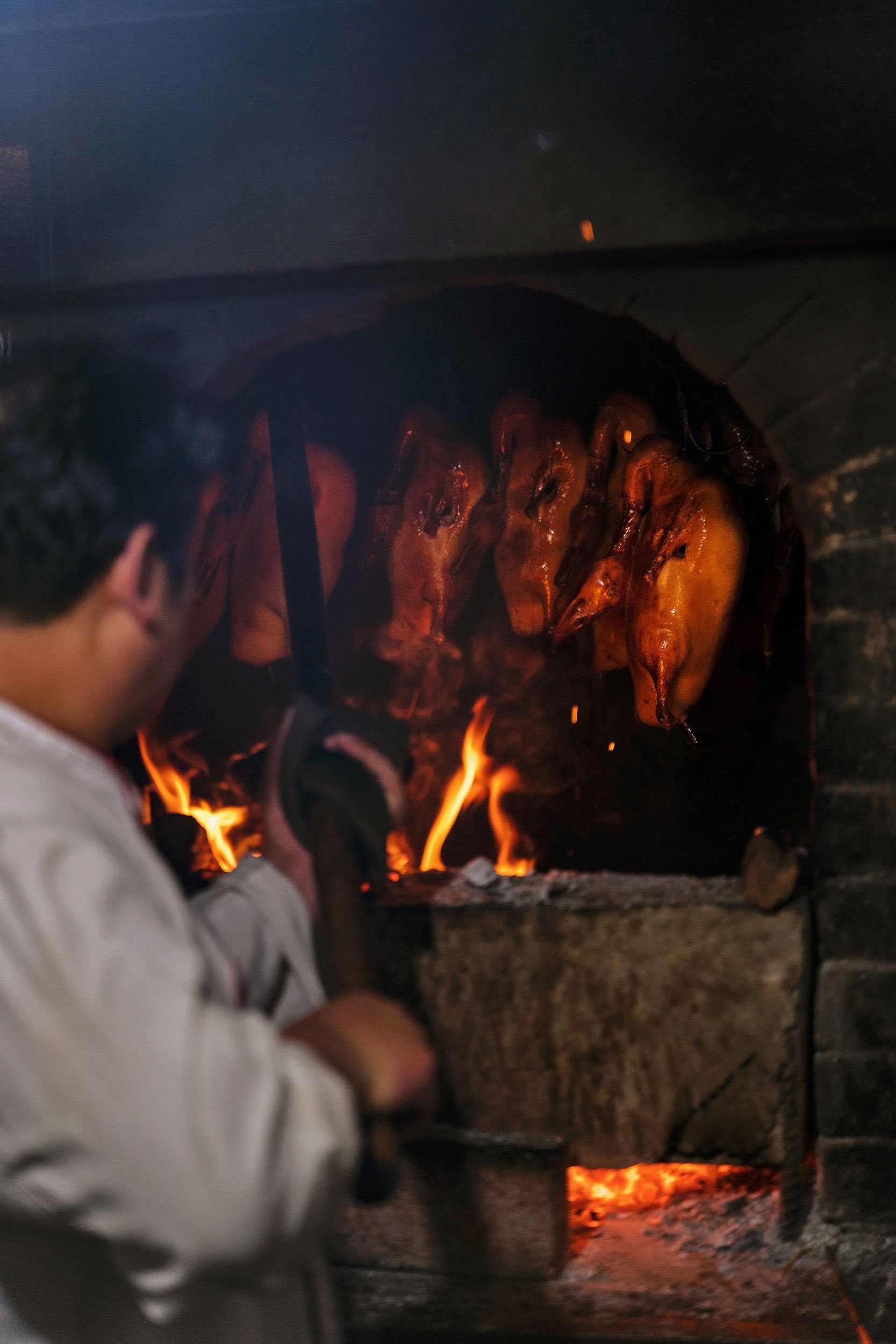
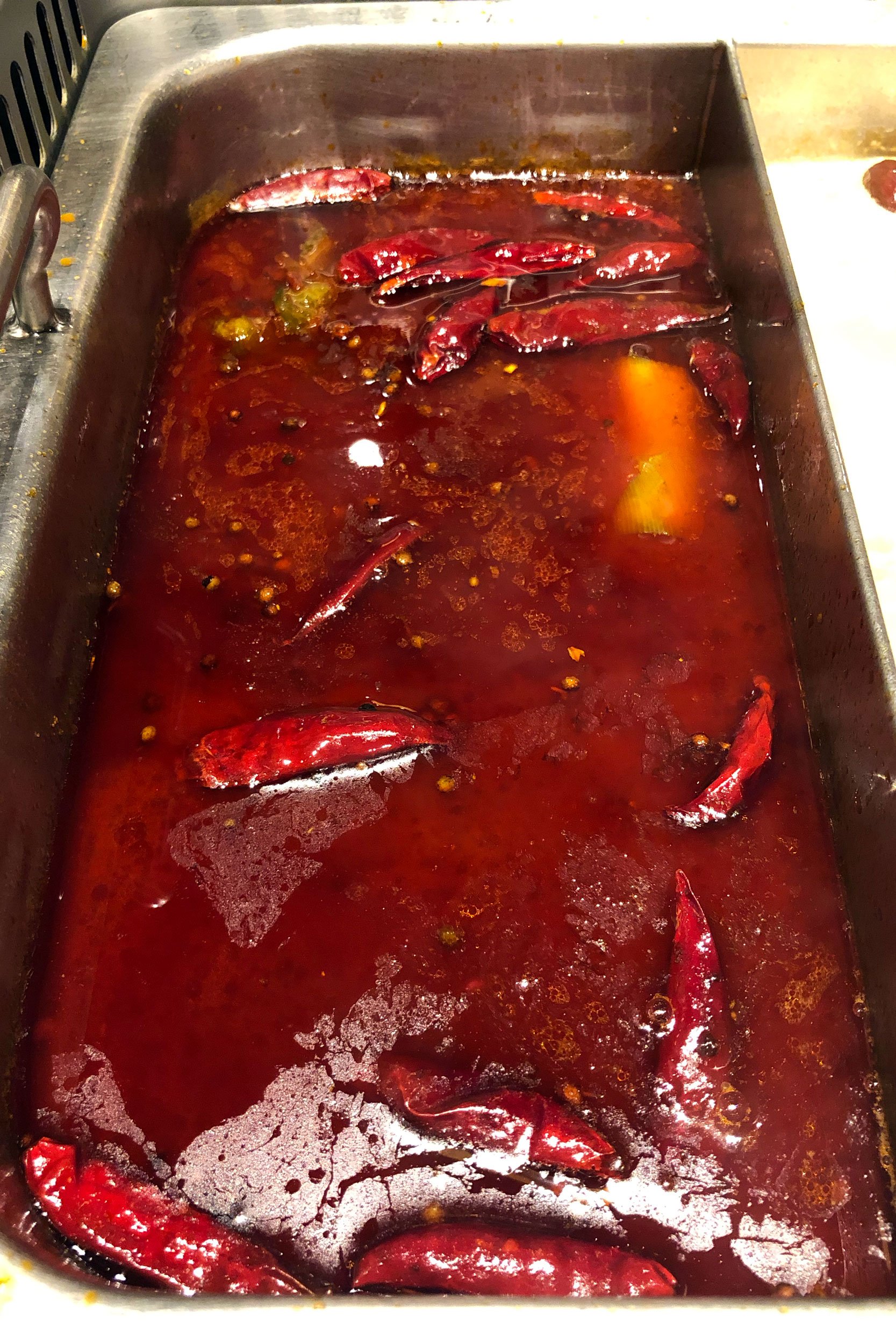





Maybe the most photogenic city in the world, Hong Kong is also a favorite of mine.